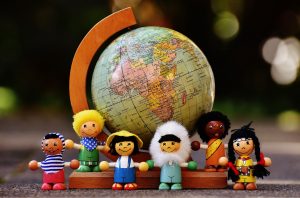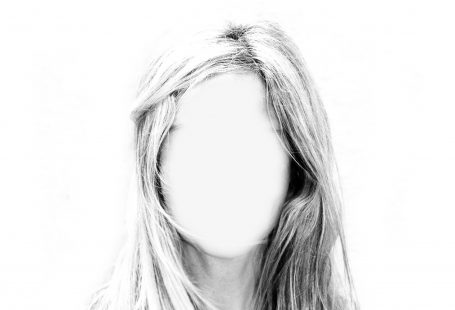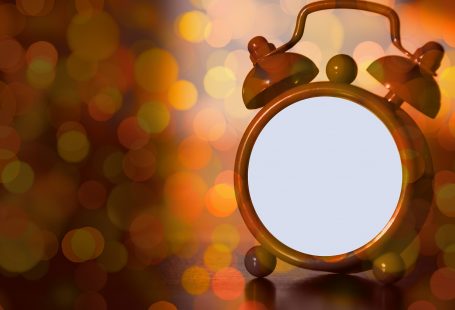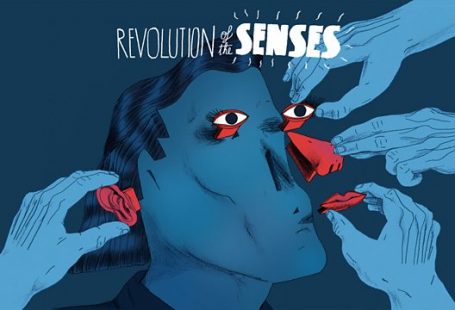
Since my book Eccentrico came out just over two years ago, I’ve started thinking about diversity in a distinctive way, and a new world has opened up for me. Before, that feeling of being different was only about me; my thoughts on the subject were aimed at understanding my own diversity, not that of the people around me.
Since the book came out, I’ve been talking to a lot of people and I’ve been struck by how much the category that we superficially call diversity is not so small or “special”. In reality, if we think about it, normality – that artificial construct invented in the mid-1800s to categorize people as good and bad, healthy and sick, tall and short, fit or unfit for work, able and disabled – is in reality itself a sub-category of the immense diversity that characterizes us all — and not the other way around, as some naively tend to believe.
We pay a high price for the illusion of normality. We all aspire to be part of the “normal” group, yet none of us notices that what we believe to be a majority of people who are all perfect, without disabilities or doubts about their sexual orientation or gender — this group of individuals that are theoretically all similar — it’s just a mirage. The “normal” group, in reality, contains nothing, because if we take a closer look at ourselves and look within ourselves for what and how we are, we notice that no one is truly normal.
OK, you might say, but there are certain objective parameters one can take into consideration. And it’s undeniable that, having chosen some parameters arbitrarily, it’s enough to calculate some statistics and voila, ladies and gentlemen, here is what is normal. For example, it isn’t normal to walk down the street upside down, nor is it normal to sing out loud in the middle of the night, because very few people do it. Yes, there are so many things that may not be considered normal today. But this depends on what parameters we choose to create normality every day, and these parameters are not particularly objective, instead that they’re chosen in a rather arbitrary way. And these parameters that create normality change over time, they change according to where we are; they change under the pressure of those unstoppable transformations that our society, a complex creature that never stops evolving, is constantly undergoing.
And in fact, until a few decades ago it was not normal for a woman to vote — indeed, it was forbidden. Nor could two people of the same sex assigned at birth openly declare their love and rent an apartment together. Nor was it normal for an autistic to speak out to assert their right to represent themselves. So many things were not normal until the day before yesterday because the boundaries of normality are mobile; We, with our convictions, are the ones who remain immobile, bound to those ideas with which we grew up; We are the ones who don’t want to give up the panorama that we’ve always gazed at from our window [1]. Yet the window of life we are facing shifts a little every day, moving so little that we don’t even notice it, until the landscape has completely changed and we don’t even remember the old views, which we had never wanted to give up. And we ended up in a new normal.
Problems arise when someone points out the change of perspective that is underway. Every now and then some annoying person snaps their fingers in front of our eyes, waking us up from that trance state in which life passes by without us even noticing. And it’s at that point that the fear of change grips us and we want to go back to our initial panorama, because there are no surprises there, we know the normality that resides there.
But society is always changing, and today it does so at an ever faster pace thanks to technology. New social realities claim attention and rights, even realities that have already existed for some time but didn’t previously have the means to make themselves heard — but today they do. We’re all different, each of us is a complex mixture of characteristics and each has the right to be heard, to try to fulfill their aspirations, to be represented in the way that they believe coincides with their own identity.
Society has evolved since our species appeared on earth and we began to unite in groups to collaborate, and with it, the language we speak has been transformed into a communication tool that must necessarily be updated in order to represent reality [2]. Like it or not, new words and new ways of using the old ones will emerge — and it always has been so, otherwise we would still be communicating with screams and groans. Suffice it to say that the very concept of normality as we understand it today, the one that those who oppose change will defend fiercely, has been part of our lives for just over 150 years: in short, that too has resulted from change. [3]
Within this continuous evolution, through the ever clearer emergence of the intersectionality of human characteristics, the important differences that make each of us unique, the concept of diversity manifests itself clearly as true, showing with ever greater clarity how much the monolithic paradigm of normality creaks in front of the impossibility of containing the great variety of human experience, struggling more and more to keep up with reality.
NOTE:
[1] Speaking of windows, I suggest deepening the concept of “Overton window” — even if only at this Wikipedia page: https://en.wikipedia.org/wiki/Overton_window
[2] This concept is explained very clearly in the book “Potere alle parole” by Vera Gheno, published by Einaudi.
[3] If you want to know more about the creation of the concept of normality, you can read this article: https://www.fabrizioacanfora.eu/il-concetto-di-normalita/
Translation from the Italian by Andrew Dell’Antonio




